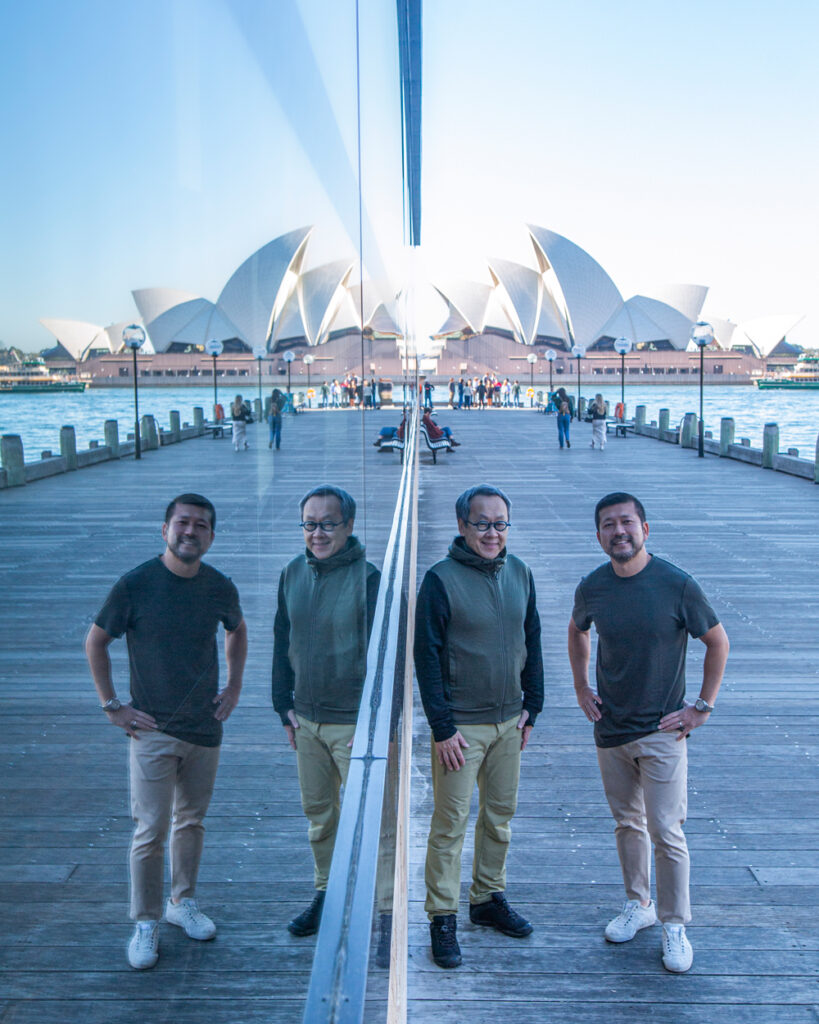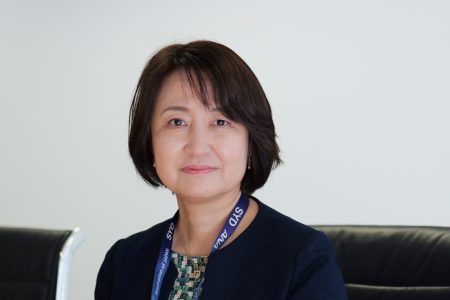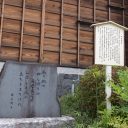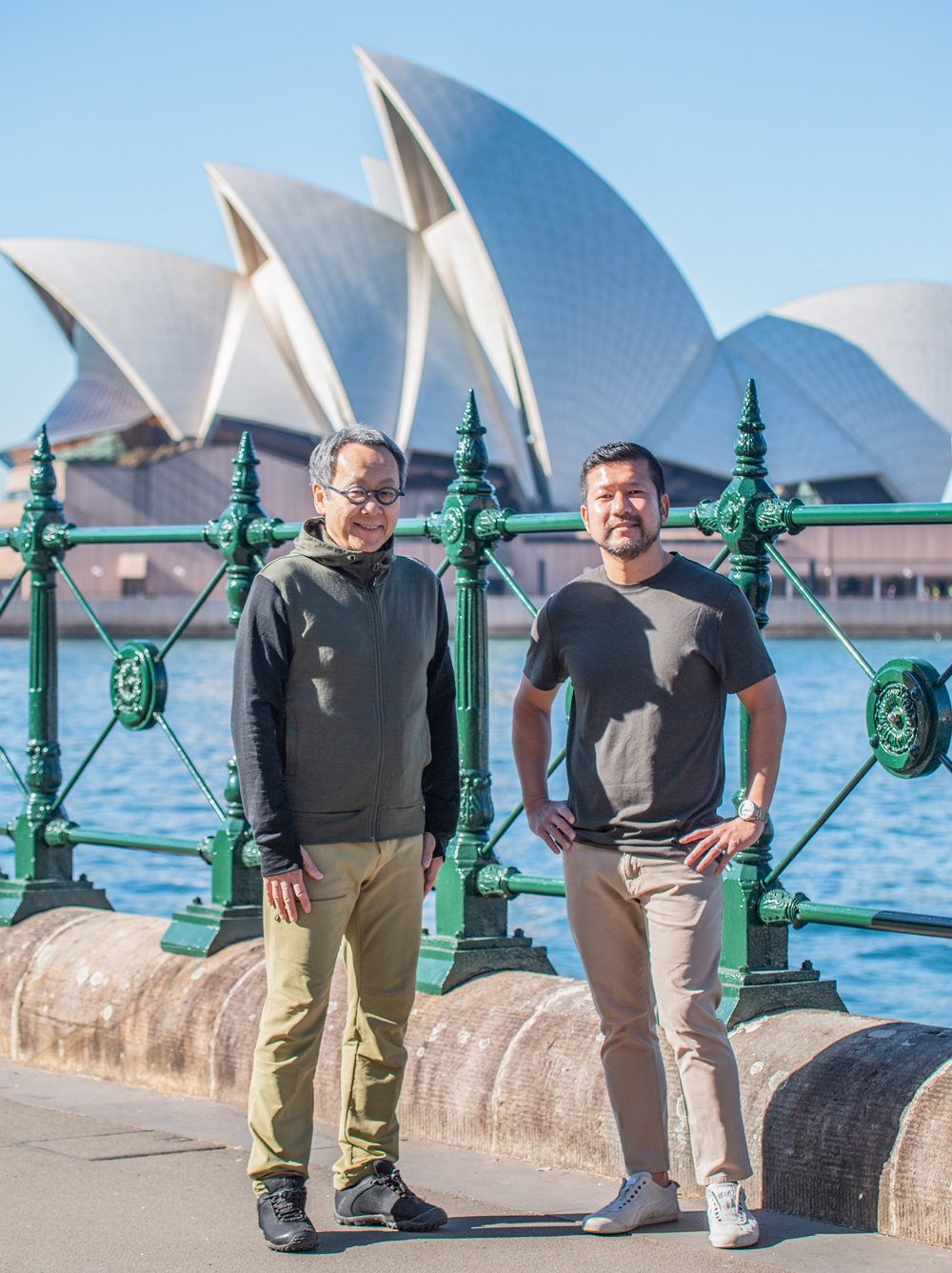
In Conversation Vol.22
This regular feature sees Yoshinori Sakuno—active in various business ventures as the founder of cross-cultural marketing company doq®, and the chairperson of Nichigo Press—in conversation with various important personalities to discuss all things business. In this edition, he sits down with the aptly referred to “Entrepreneur of the Resort Revival,” CEO of Hoshino Resorts, Yoshiharu Hoshino.
(Photography: Satoko Clarke)
PROFILE
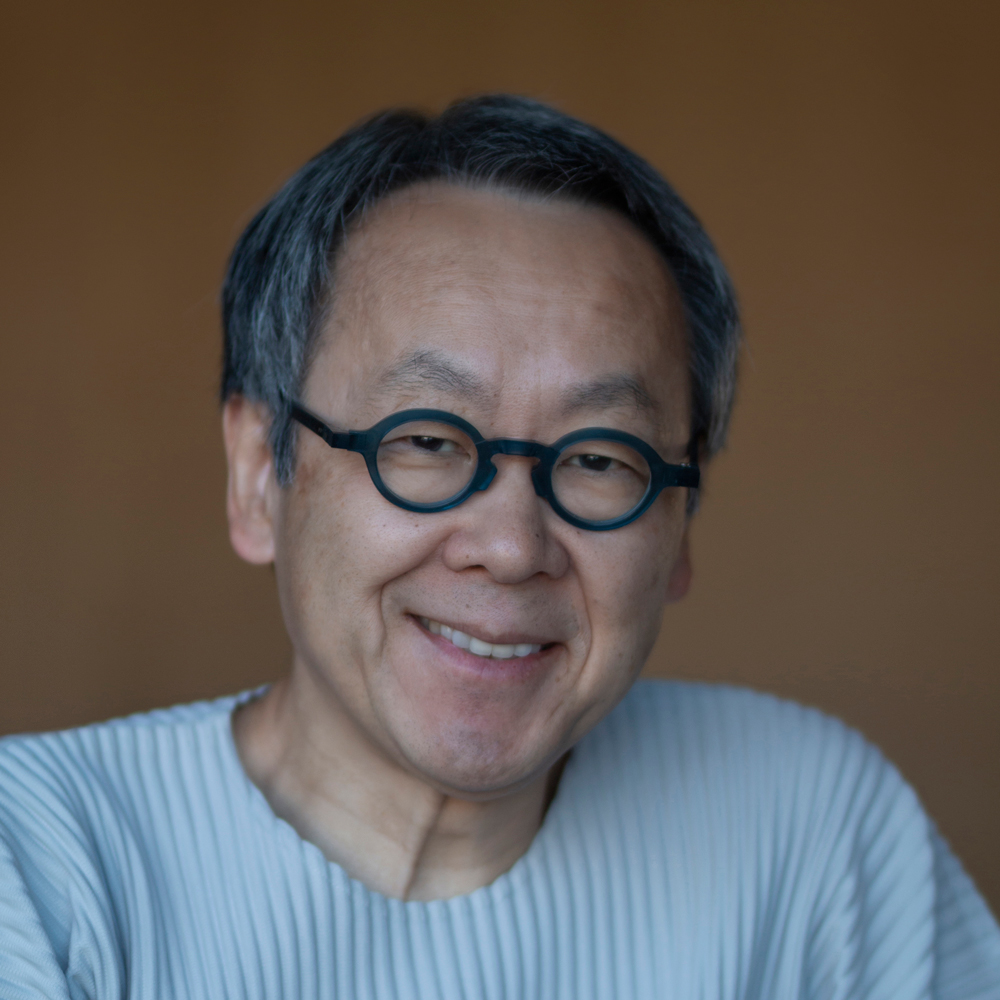
Yoshiharu Hoshino
After graduating from Keio University, Yoshiharu attended the Cornell School of Hotel Administration. In 1991, he was appointed as the CEO of Hoshino Onsen (now Hoshino Resorts). He focused on his operational specialisation strategy to rebuild RISONARE in Yamanashi, Alts Bandai in Fukushima, and TOMAMU in Hokkaido, before opening HOSHINOYA Karuizawa in 2005. Yoshiharu currently operates 59 hotels centred around the HOSHINOYA, KAI, RISONARE, OMO, and BEB brands. He also makes frequent media appearances as the “Entrepreneur of Resort Revival.”
PROFILE
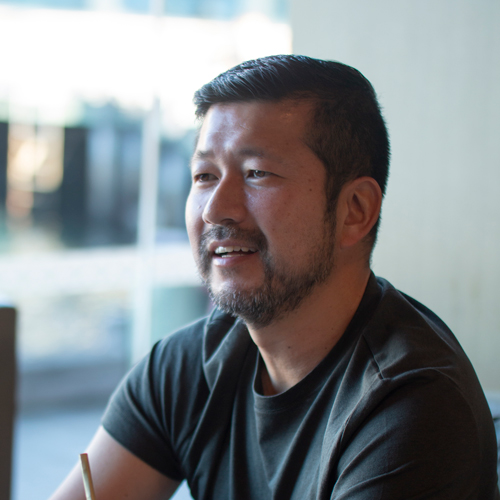
Yoshinori Sakuno
Yoshinori is the founder and group managing director of doq® and founded the company in 2009 after gaining experience in the APAC and US markets at the American advertising company, Leo Burnett Worldwide. He received his MBA at the UNSW Australian Graduate School of Management, and master’s degree in Digital Media Management at Hyper Island Singapore. Yoshinori was a finalist for the Ethnic Business Awards, which recognises migrant company founders, and won the 2021 Premier’s NSW Export Awards in the Creative Industries category.

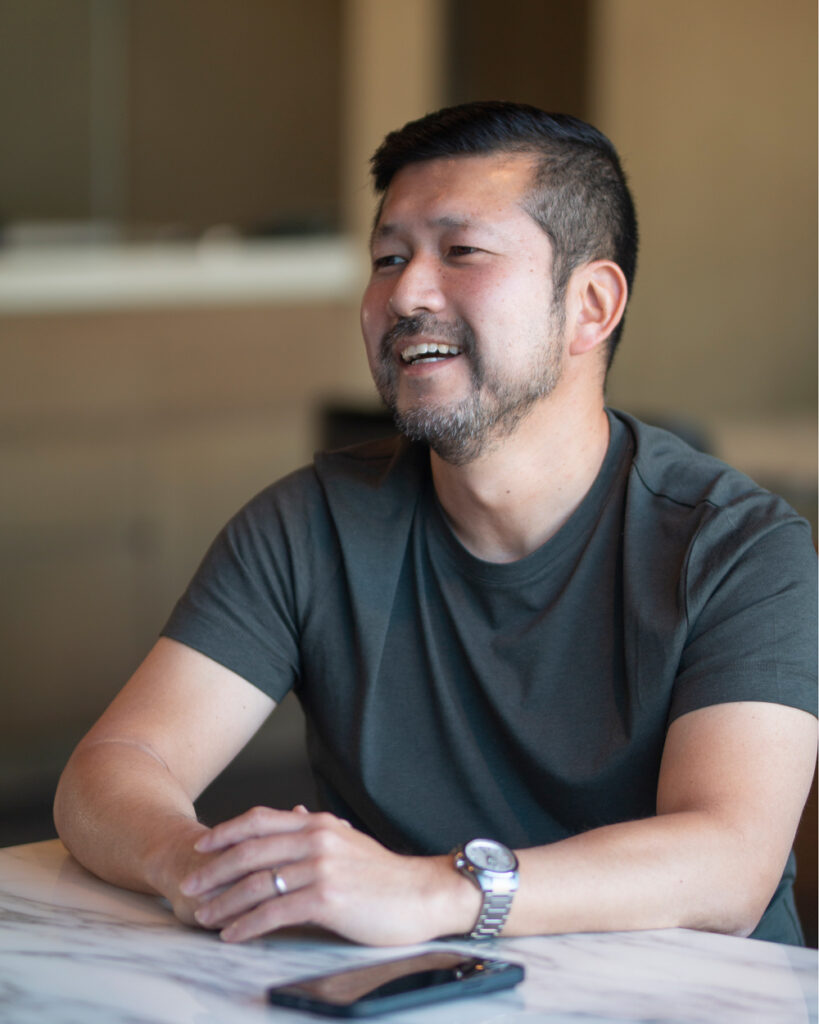
YOSHINORI: The COVID-19 situation has somewhat subsided in both Japan and Australia. Would you be able to provide some insight on the current Japanese tourism market from your perspective?
YOSHIHARU: When compared to 2019, where over 30-million international travellers visited Japan, the market has now recovered close to 60%. In saying that, it continues to improve. I believe the changes made during the pandemic are slowing this recovery slightly. There are a variety of other reasons for this, such as the continued lack of visitors from China, increased flight times from Europe due to the inability to fly over Russia, and increases in fuel costs leading to price hikes in flight tickets. The weaker Japanese yen has also contributed to fewer flights due to drastically decreased outbound travel from Japanese locals.
YOSHINORI: I see. So what you are saying is that the number of flights cannot reach full capacity unless outbound numbers return to their original state.
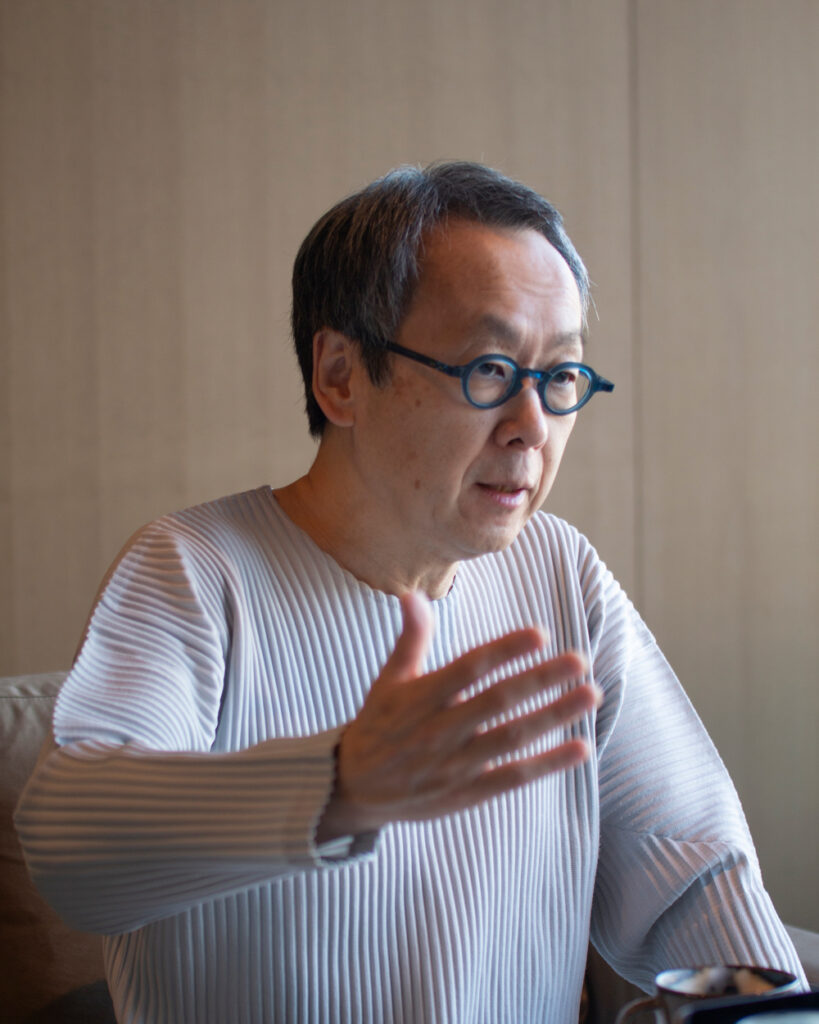
YOSHIHARU: That’s correct. Areas across Japan are doing their best to return inbound tourism to their pre-pandemic standards. Inbound travel rose massively in the ten years to 2019, but it’s hard to say if the tourist locations were in their best states. While numbers continued to rise, so did the various so-called “side effects.” The overtourism problem in Kyoto is an example of this. In 2004, I participated in the Promotion of Japan as a Tourism-Oriented Country Conference, presided over by Primem Minister Junichiro Koizumi. It was found that one of the reasons why tourism is important is to revitalise tourism in all regions. This, in turn, formed the objective of the conference.
YOSHINORI: I understand that it was a policy to turn Japan into a country focused on tourism.
The importance of dispersing inbound tourism to avoid overtourism
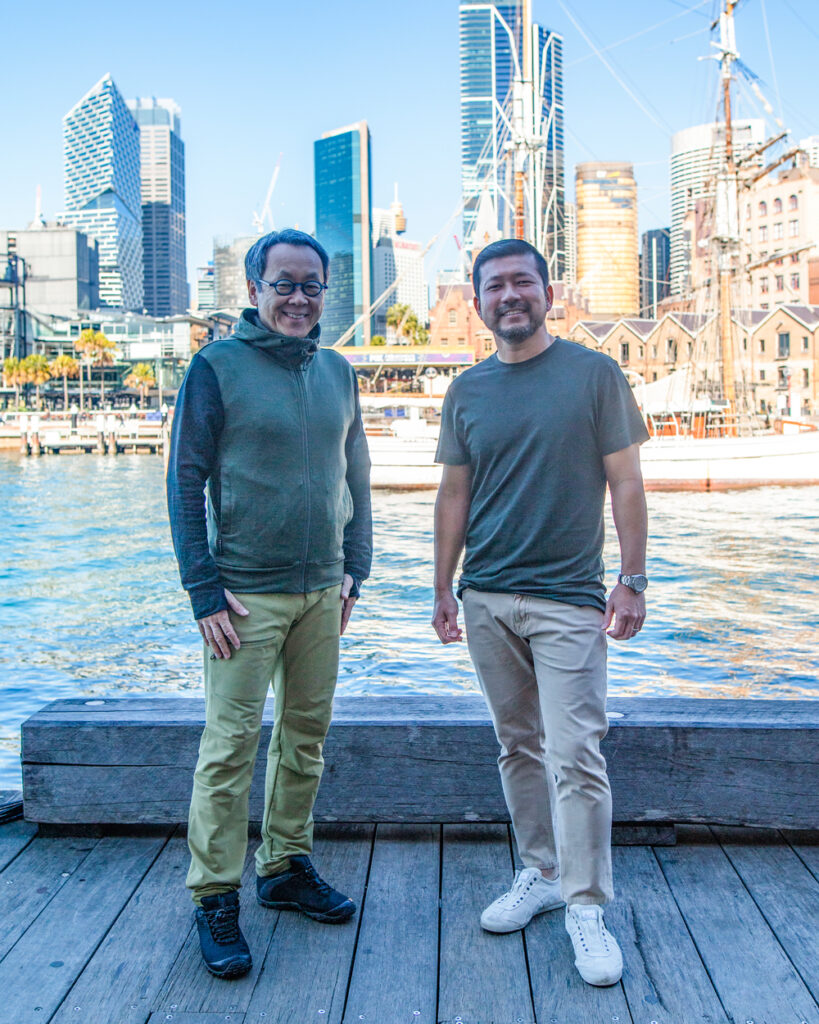
YOSHIHARU: Although the number of international visitors topped 30-million people in 2019, travel to the top five areas (including Tokyo, Kyoto, and Osaka) made up for 65% of all inbound travel. Looking at the top ten locations sees that number rise to over 80%. The last 15% are divided up amongst the remaining 37 prefectures with the bottom three battling it out for last place. Those three prefectures (Kochi, Fukui, and Yamaguchi) combined did not even total to 1% of inbound tourism.
YOSHINORI: Those are some eye-opening figures.
YOSHIHARU: In other words, the positive inbound growth between 2012 and 2019 was a far stretch from the objective of the 2004 tourism meeting. Some put it down to the overtourism of Tokyo, Osaka, and Kyoto, but from the Tourism-Oriented Country Strategy perspective, there was never a thought to focus efforts on the other 37 prefectures, which have not yet benefited from inbound tourism.
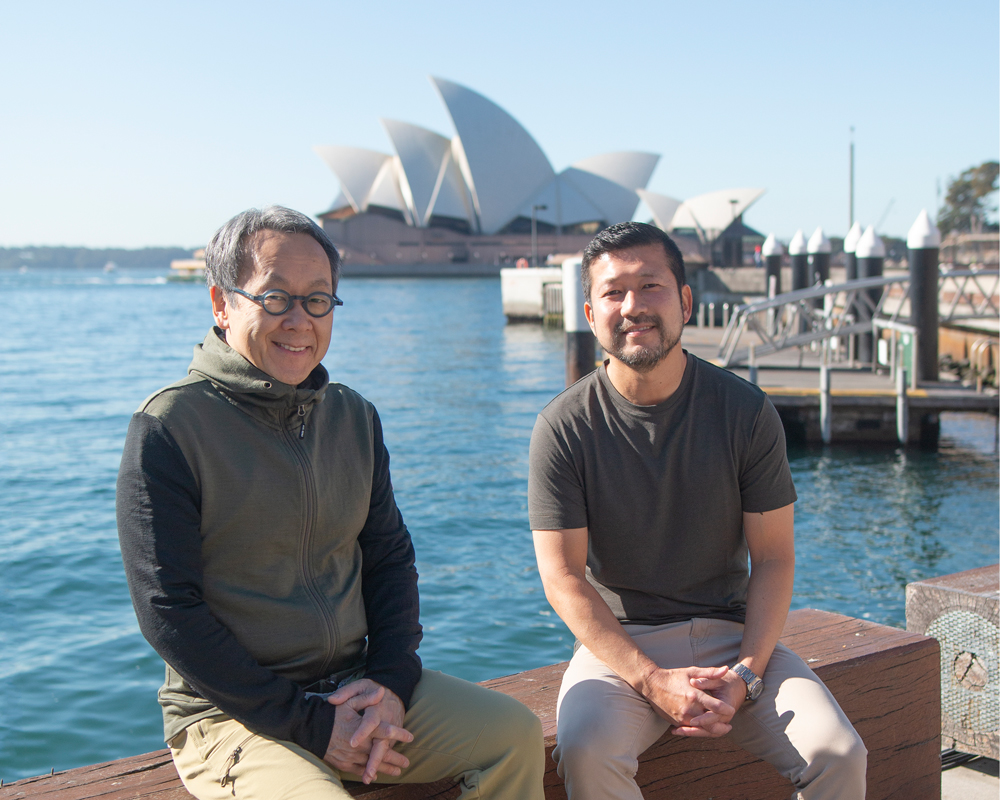
YOSHINORI: So the consensus was the growth of international visitors was immensely warped and the areas that saw this influx experienced overtourism, then.
YOSHIHARU: My proposed Stakeholder Tourism holds the stance of recognising the problems of 2019 and to amend those issues whilst restoring inbound tourism, rather than merely pushing to revert to the 2019 situation. Government offices across the nation are aiming to restore the market to 2019 conditions, but I believe that their objectives are misplaced. What we should be focusing on is how to disperse travellers to the far-less-popular areas. Genuinely working towards this goal is extremely important for the future.
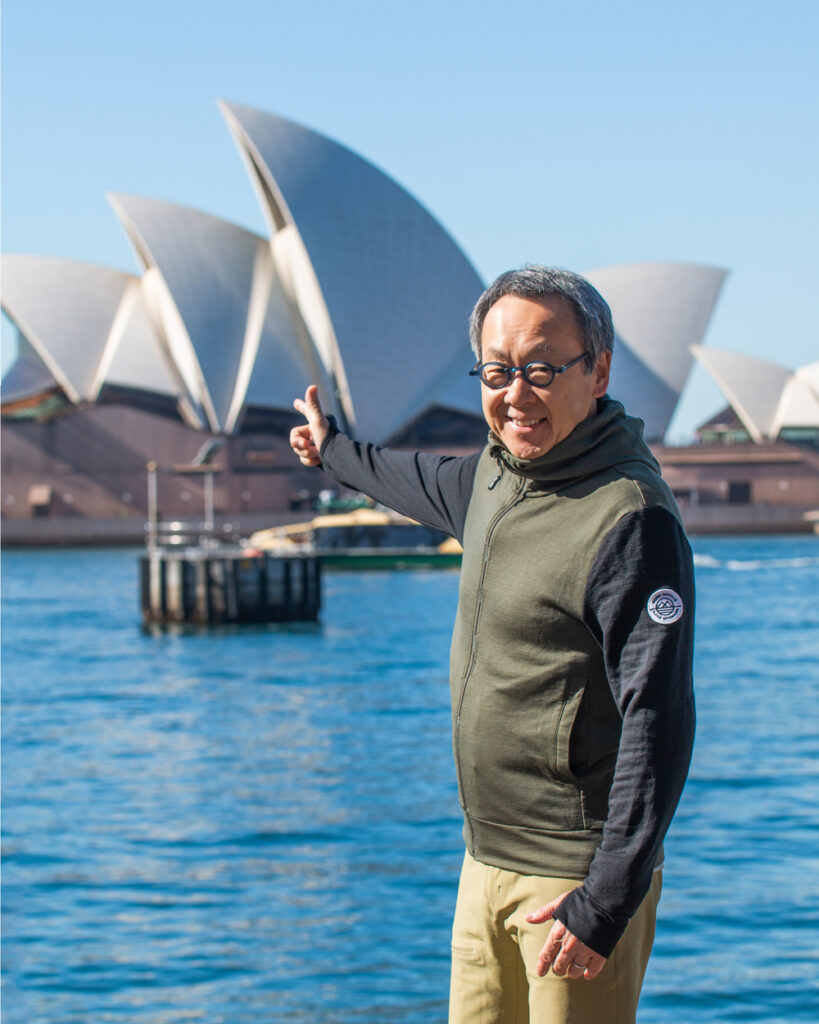
YOSHINORI: In that sense, Australian travellers are the perfect target group. In 2019, prior to the pandemic, approximately 600,000 Australians visited Japan and about half of them were returning visitors. That means about half of the visitors had already visited the major cities of Japan. Looking more closely at this market, we find that approximately 90% of these visitors are highly inquisitive and adventurous, meaning that they prefer to adventure on their own rather than join a tour.
YOSHIHARU: The Australian summer holidays align perfectly with the period where Japanese domestic travel drops. As domestic demand exceeds 80% of Japanese tourism demand, inbound travel only accounts for 15% of it. While it is important to discern how 85% of Japanese people travel, the off-season inevitably rolls around from January to February. That is the exact time skiers from Australia fly over to visit snowy mountains, rather than Tokyo, Osaka, or Kyoto. From the perspective of travellers visiting local regions of Japan, Australians flying over during their summer holidays to go and enjoy a variety of snow activities is an extremely important market that we are grateful for.
Wineries, national parks, and more–all the more reason to visit regional Japan
YOSHINORI: While many Australians visit Japan for snow sports, there is also a huge number who visit for other reasons. What kind of places would you recommend for those who want to enjoy regional Japan?
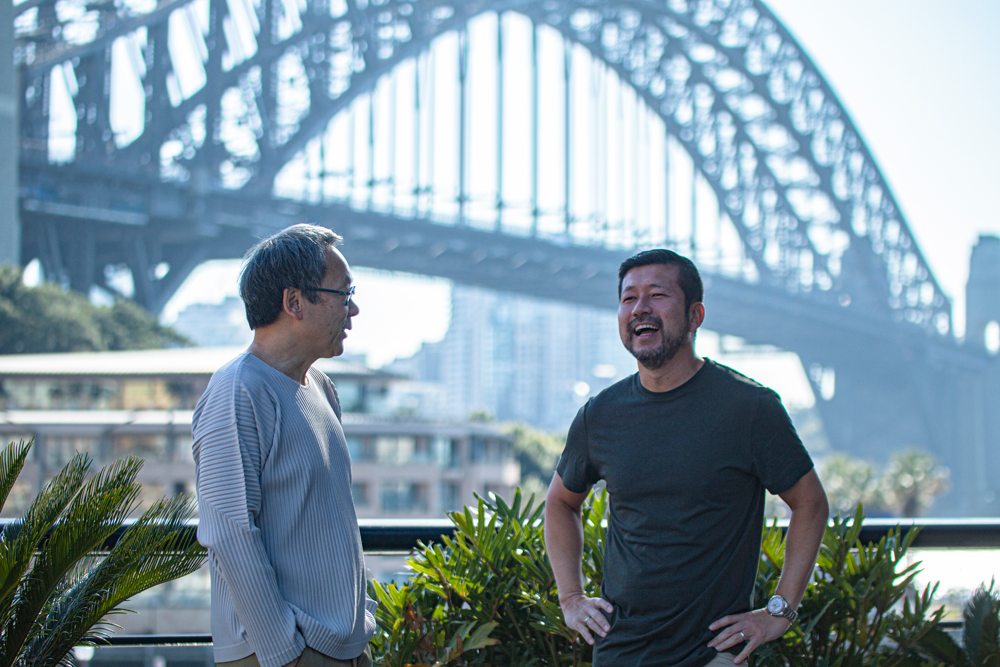
YOSHIHARU: I think wine is something that will hook many Australians in. The wines produced in regional Japan have substantially increased in quality, with a rise in the number of wineries and small craft-wine makers across the country. There are a fair number of people who visit those locations with a growing recognition of winery tours in places such as Yamanashi and Nagano.
YOSHINORI: Wine is a necessity in the daily lives of many Australians. You can almost always find a bottle during dinner or at social events, so I can definitely see the appeal. There are also a lot of SAKE distilleries in regional Japan–what are your thoughts on them?
YOSHIHARU: Good question. I’m sure Australians would see the appeal in them if they were brought to one, but I think wine is more accessible because they are more accustomed to it. Perhaps one of the unexpected reasons for the popularity of wineries is their familiarity. While we would love to promote more quintessentially Japanese experiences, wine merely seems to be a more relatable.
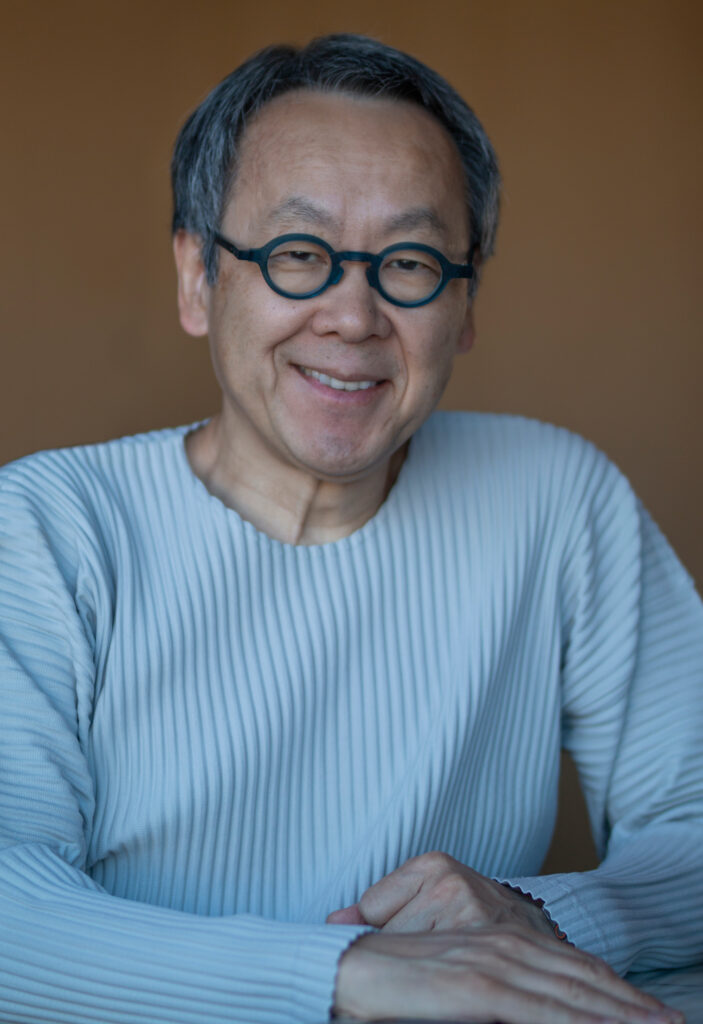
YOSHINORI: What areas would you recommend for those who want to enjoy wineries in Japan?
YOSHIHARU: The birthplace of winemaking in Japan is Kofu, Yamagata. Kofu wine saw its fantastic start in Japan. That has now spread to northern Japan, with winemakers also producing wine in Nagano, Hokkaido, and the Tohoku region. What makes Japanese winemakers unique is that they are mostly small-scale businesses rather than massive farmers of wine grapes.
YOSHINORI: This also means that visitors can have rare experiences at these boutique wineries operating exclusively, if I’m not mistaken.
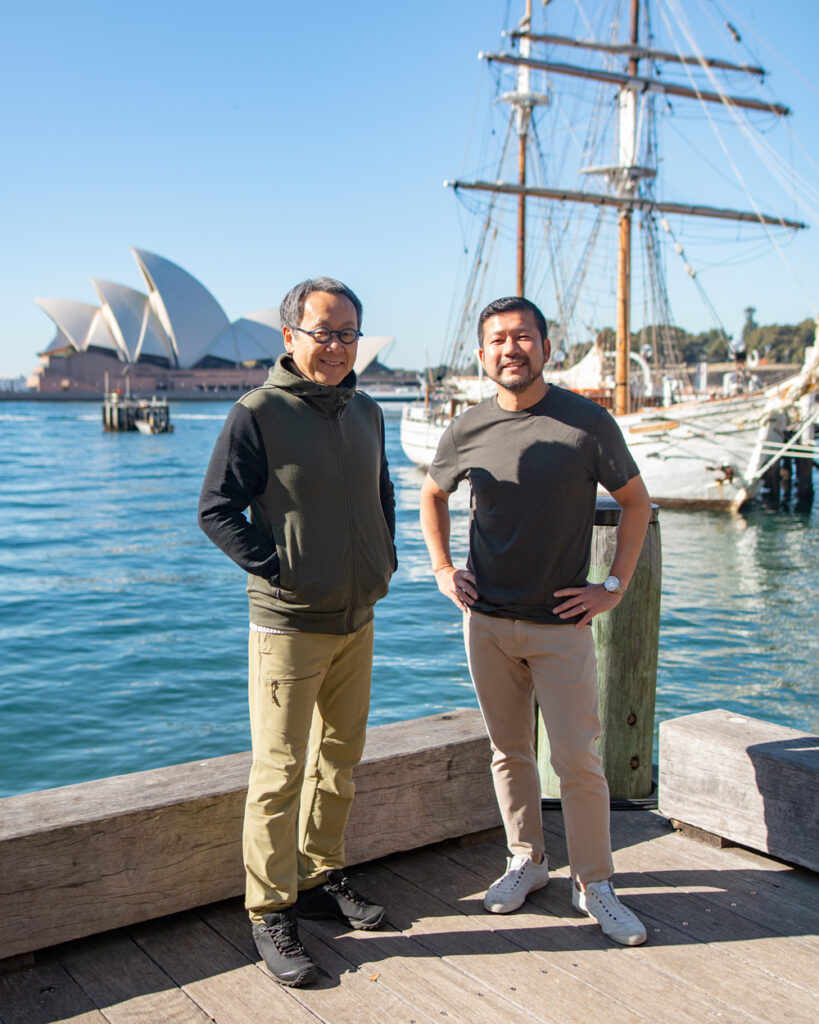
YOSHIHARU: Take this, for example: France has a population of 60 million with 80-million people visiting inbound. These tourists visit regions, such as Bordeaux, drink wine, and thus helped to make French wine famous worldwide. There is an undeniable link between tourism and wine exports. Tourists enjoy the wines and come back time and time again for more. While this applies to sake as well, it would be excellent to have tourists not only visit Japanese wineries and distilleries for tastings, but to also remember the brands, and create an opportunity for exports when they return home to Australia. That is the type of collaboration I would like to see realised.
YOSHINORI: There are also wineries in Australia and New Zealand run by Japanese people. Perhaps it may be possible to foster further bonds between Japan and Australia through wine.
YOSHIHARU: Absolutely. Of the current agricultural produce and other products exported that work well with tourism, wine is definitely one of them. Captivating Australians to lead to more exports is a major area that I believe regional Japan should focus more on.
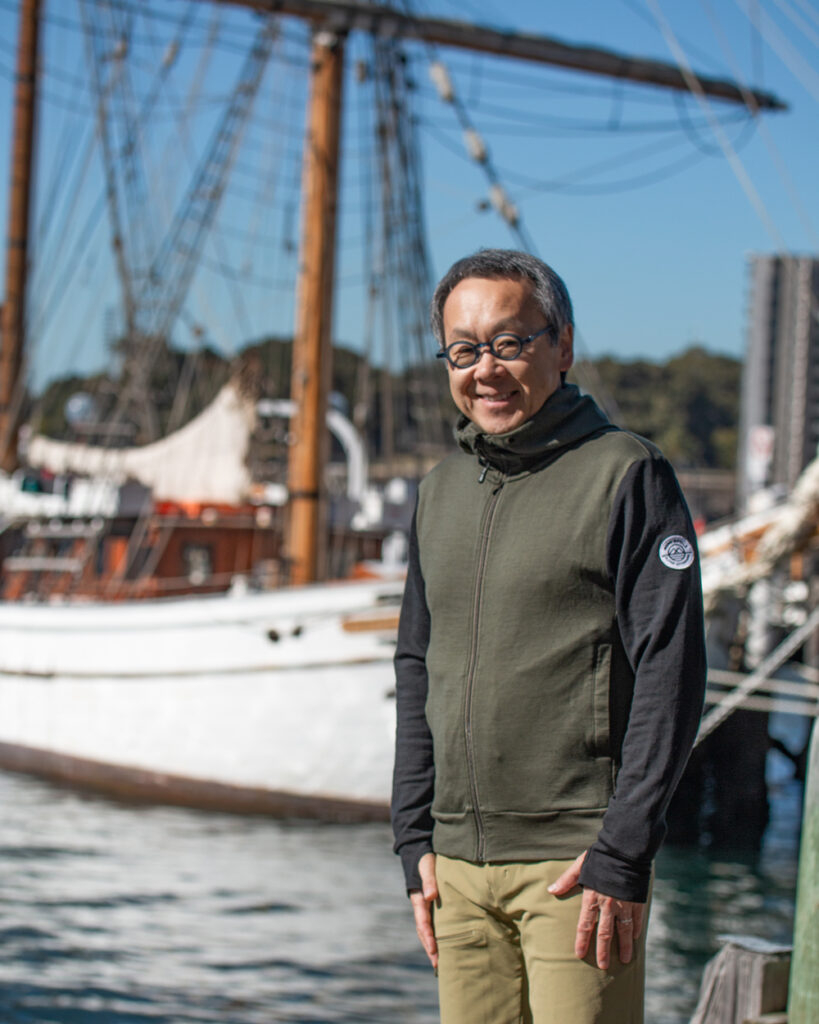
YOSHINORI: I think that the development of Japanese wineries will lead to an interesting trend in the Australian workforce. For example, Japanese visitors who come to Australia on working holiday visas may participate in fruit picking at a winery, bring their experiences working in that particular industry back to Japan, and then further expand Japanese wineries.
YOSHIHARU: Yes, that’s one of the reasons for the rapid growth of brewers and distillers in Japan. There are even magazines on that field alone–that just goes to show how popular it’s become.
YOSHINORI: That’s fascinating. To finish off– do you have anything you want to say or any advice you want to give to Australian travellers looking to visit Japan?
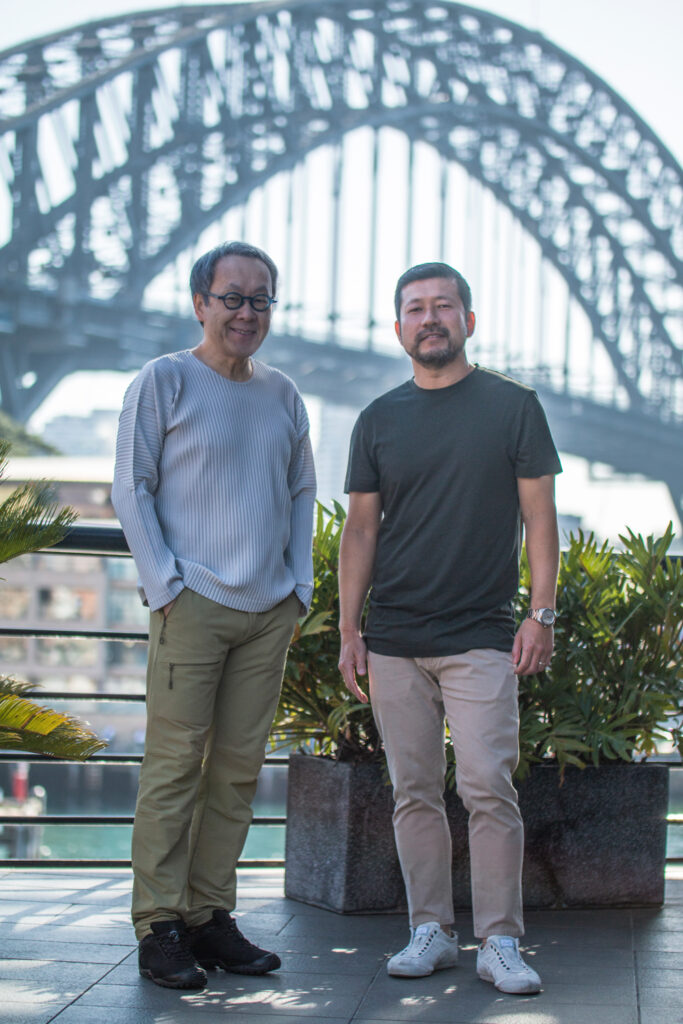
YOSHIHARU: For those visiting Japan for the first time–Tokyo and Kyoto are must-visit locations. If you are coming for a second or third visit, then I recommend places outside of the “Golden Route” (Tokyo, Hakone, Mount Fuji, Nagoya, Kyoto, Osaka, Hiroshima, etc.), where you can find lots of snow, skiing, and snowboarding locations. Niseko, Hakuba, and Tomamu are the more famous snow locales, but there is also a plethora of other great places that I would love everyone to visit. The Japanese government is working hard behind the “Project to Fully Enjoy National Parks,” which aims to bring inbound visitors to 34 national parks around Japan. The Ministry of the Environment and government offices are working on eight national parks as model cases to produce excellent precedents for the remaining parks to learn and grow from. The National Parks website is available in English, so it’s a great place to start if you are looking for beautiful places to visit outside of Tokyo, Kyoto, and Osaka.
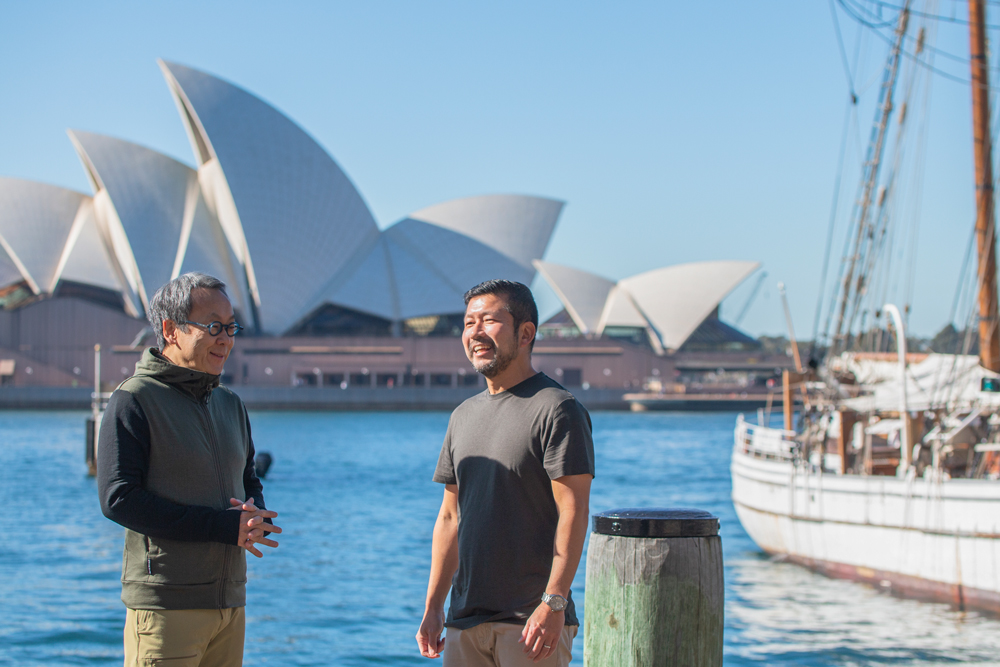
YOSHINORI: Australian travellers tend to see Japan as a single island country, but there are dozens of different dialects, climates, cuisines, and cultures. It would be fantastic to see Australians experience the dozens of different cultures through dozens of different experiences, rather than just one amalgamated Japan, don’t you think?
YOSHIHARU: That’s right. Okinawa offers a great example of a completely different culture. Not only is there the Ryukyu culture, but they also have a different dialect. Many Australians showed no interest in Okinawa’s culture on their visits to Japan in the past, but that is gradually shifting. I think we also need to put some thought into how to pique the interest of not only Australians, but of all inbound visitors as well when it comes to Okinawa.
YOSHINORI: Thank you very much.
(12 July, Sydney)
